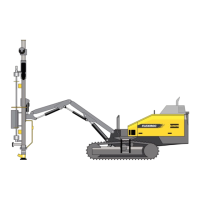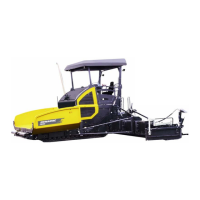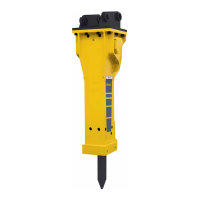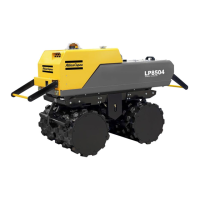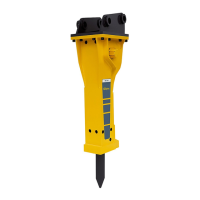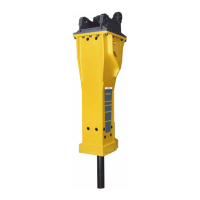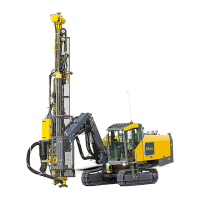FlexiROC T30 R 4 Safety Precautions
17 No: 3133793291.1.3133851403 en-US
n During regeneration the exhaust gases and exhaust system becomes very hot. Do not
touch the system, do not cover the system or expose it to any flammable materials.
n Only perform standstill regeneration on an open terrain at a safe distance to flammable
objects.
4.6 Safety Precautions During Service and Maintenance
n Turn off the machine.
n Switch off the main power supply.
n Switch off the battery isolation switch and secure it with a security pin.
n Perform maintenance in accordance with the maintenance schedule.
n Before working on the machine, make sure that all parts are cooled down.
n Perform service or maintenance only when the machine is on firm and level ground.
n Make sure that the work area is illuminated and clean.
n Make sure that systems are depressurized before starting service or maintenance.
n Secure and strap moveable components before starting service or maintenance.
n If one or more of the following conditions are required for fault-finding or other work, let
at least two people perform the task. One person must be within the reach of an emer-
gency stop while having a good overview of the work being performed.
l Motors or engines are switched on.
l The hydraulic pumps are activated.
l The hydraulic, pneumatic, or water systems are pressurized.
l The electric power is switched on.
4.7 Safety Guidelines, Working with Pressurized
Components
n Pressurized components must not be exposed to welding or heat treatment.
n Safety equipment such as pressure gauges, over-pressure control devices, and safety
valves must be used while working with pressurized components.
n Installation, design, and connections related to the pressure valve must not be modi-
fied.
4.8 Safety Guidelines, Working with Compressor
n Stop the machine if there is an indication that the compressor is overheated.
n Do not open any inspection hatch until the equipment has cooled down.
n Check and maintain the safety devices such as safety valves and over-pressure de-
vices regularly.
n Avoid clogging the compressor with paint, carbonised oil or dirt, which could disrupt
compressor operation.
n Check pressure and control gauges regularly and replace with new ones when they
can no longer measure the permitted values.
n Position the machine so that no dust blows against it.
n Close the compressor air outlet valve before connecting or disconnecting a hose.
Make sure that the hose is fully-vented before disconnecting.
n Make sure that the open end of the hose or air line is steady before blowing com-
pressed air from the other end. Impact from a loose end could cause injury or damage.
n Do not use external force on the air outlet valves, for example, pulling the hoses.
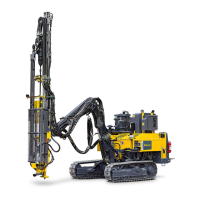
